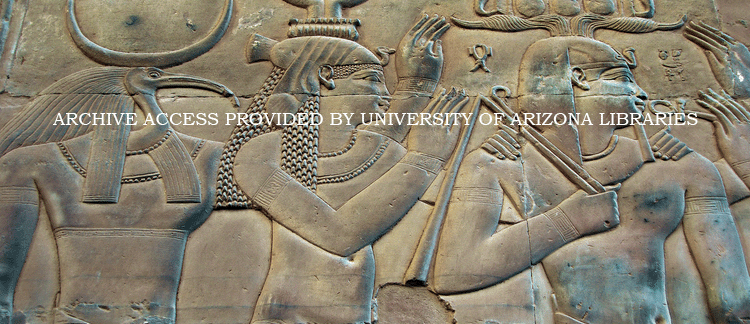Abstract
In ancient Egypt, the wheel was known since the Fifth Dynasty. About sixty wagons with four to eight wheels and only a few two-wheeled carts are attested. The first wheels appear on a scaling ladder and a siege tower in military contexts. The earliest wheeled vehicle is proven to have been in use in the Thirteenth Dynasty. Most carts and wagons date to the New Kingdom, the Third Intermediate Period, and Greco-Roman times, with the majority appearing in religious transport situations. A typological course of development is apparent from the wagon of Sobeknakht to those of Siamun, Petosiris, and Petubastis. In this article, the vehicles are viewed from technological and sociocultural viewpoints and are contextualized with regard to the invention and diffusion of the wheel.
How to Cite
Köpp-Junk, H., (2016) “Wagons and Carts and Their Significance in Ancient Egypt”, Journal of Ancient Egyptian Interconnections 9(1), 14-58.
3449
Views
150
Downloads
